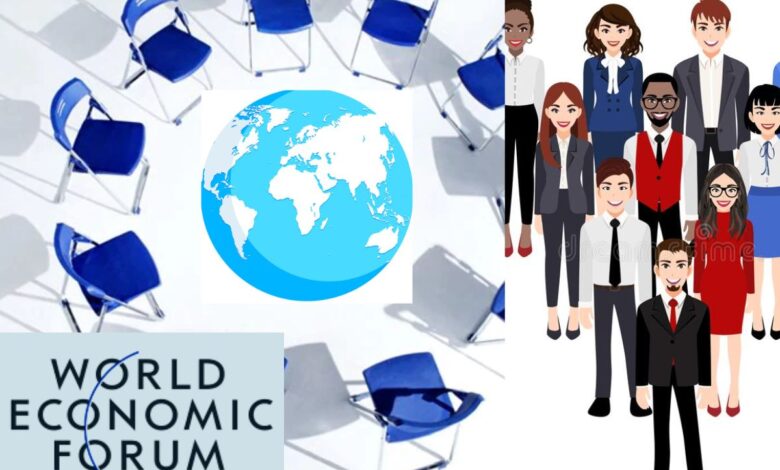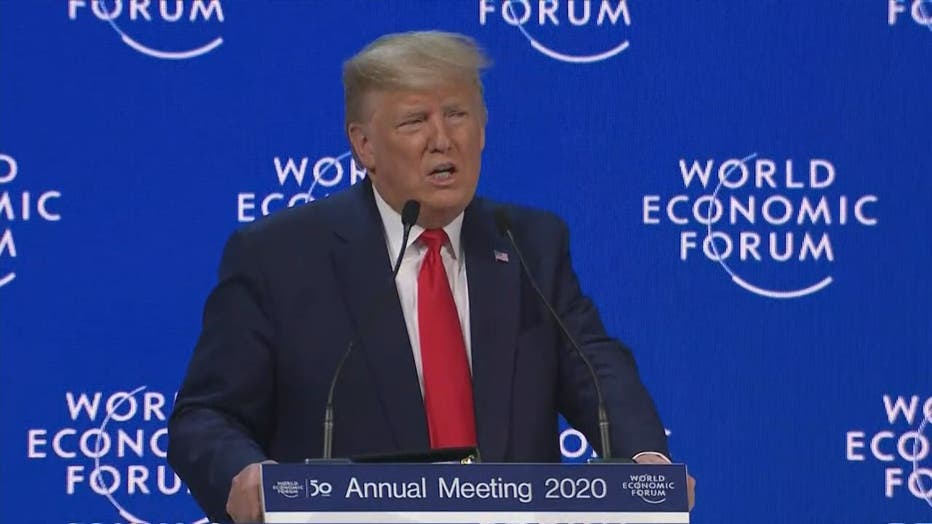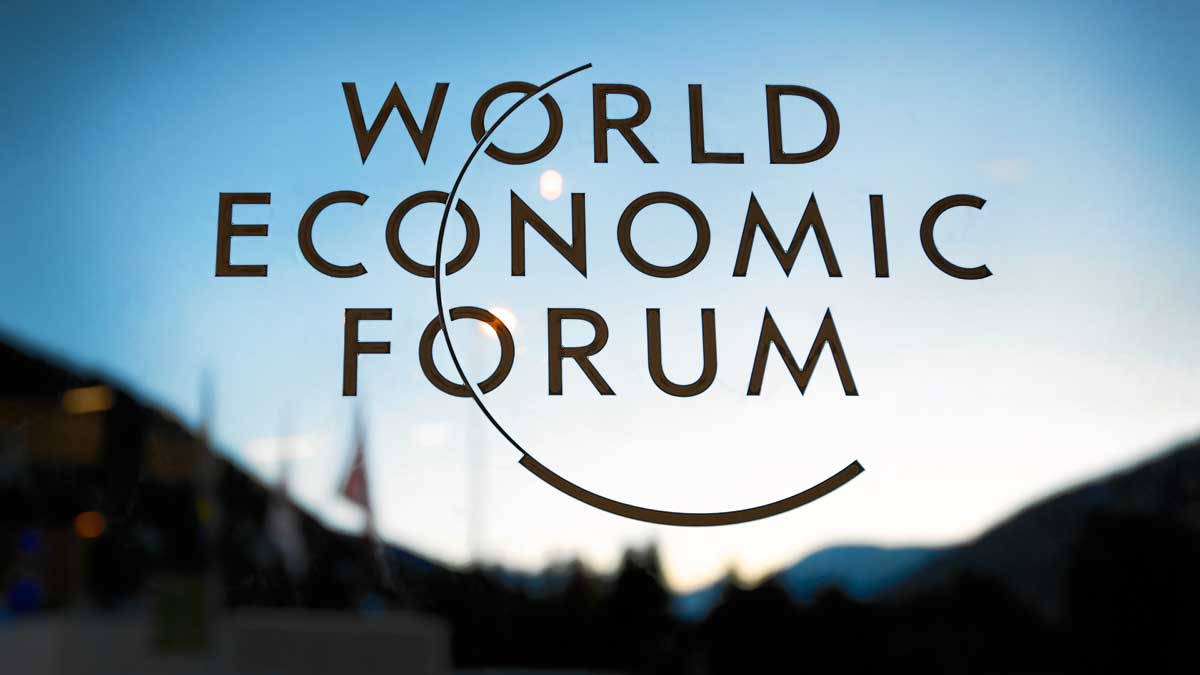World Economic Forum on its way to 2023.

The World Economic Forum (WEF) Annual Meeting has returned after an eight-month sabbatical (rather than the typical 12-month absence). The World Economic Forum’s 53rd annual conference will be placed from January 16 to 20, with the subject “Cooperation in a Fragmented World” – a topic for such a divided world. The World Economic Forum is organized annually in Davos, Switzerland. Delegates from many industries gather over many days of discussions and seminars to address pressing global challenges.
Grand appearance in 2020.
The Davos meeting was a historic golden jubilee moment in 2020. President Donald Trump addressed it, speaking about the “great American comeback” and the US economic boom. The once-in-a-century Covid-19 pandemic is on the way to taking hold of the world’s most prominent leaders’ minds.

The deadly entry of the pandemic.
There weren’t more than one or two-panel talks on Covid-19, and it was noted that the new virus took the birth at a Wuhan animal market.
But, in a few weeks, the entire human race saw the deadly moment and was flipped upside down. Everyone prayed and made efforts to hunt for a vaccine on a war footing, lockdowns were the first line of defense. The global economy fall so down and came to the edge of the end. The repercussions are still being felt with China facing a new wave.
As a result, the World Economic Forum meetings in 2021 and 2022 took place online. In May 2022, Davos hosted the first post-epidemic in-person meeting after the pandemic was announced.
![]()
What is World Economic Forum(WEF)?
Situated in Geneva, Switzerland, WEF is an international non-profit organization, that promotes collaboration seen between public and commercial sectors. WEF, established in 1971 by Swiss-German economist Klaus Schwab, aspires to create a collaborative entrepreneurship culture to address global challenges to impact social agendas on state and corporate matters.
The World Economic Forum meeting brings together a carefully selected group of delegates from global industry, government, civil society, media, and academia to attend sessions meant to generate meaningful debates about the most urgent issues of the day—and ultimately create an impact.
The convention is known for the networking and socializing that takes place in the Alpine town’s hallways, side chambers, hotel suites, and restaurants. At the after-dinner activities, some of the finest casual interactions with leaders take place.”
The historical aspect of the World Economic Forum.
The World Economic Forum meeting in Davos began in 1971. The European Management Forum was formed, and the sessions lasted a fortnight. This year, it’s going to last 5 days.
The themes of the grand World Economic Forum.
In 2020, the World Economic Forum announced a new Davos Manifesto to advise businesses in the Fourth Industrial Revolution. According to the manifesto, a firm should “pay its fair share of taxes,” demonstrate “zero tolerance for corruption,” defend human rights across its supply chain across the world, and strive for a level playing field.
Since the approval of its new credo in 2020, the World Economic Forum has been driven by stakeholder capitalism, which holds that a firm should give value to all people who have a stake in the company’s fate, including workers, society, and the earth. The goals are spelled out in the vow to “improve the global standing.”
The program for the 53rd Davos summit, which will take place in January 2023, has five topic cornerstones to address the following challenges:
- A new investment, commerce, and infrastructure system are built on high inflation, slow growth, and heavy debt.
- Current geopolitical risks in the context of a new multipolar communication and collaboration system.
- The existing energy and food issues in the perspective of a future energy and climate system.
- Industry headwinds in the context of a fresh paradigm for leveraging frontier technologies for private sector development and resilience.
- The contemporary societal liabilities in the modern job, skill, and health-care systems.
This year’s World Economic Forum meeting will include 217 sessions dubbed stakeholders dialogue boxes; 39 informal sessions dubbed Hub; 14 meal sessions; 16 plenary sessions, which are typically held in the main Congress Centre with heads of governments and states attempting to address the gathering; 11 issue briefing discussions; 10 open forum sessions; several “discovery” sessions and workshops; roundtable sessions; and so on.
Of all, this is simply the WEF’s open program. Then there are closed events that are only open to certain members and invitees. Briefing meetings, networking engagements over a drink, lunch, or dinner, and governor meetings are examples of these (these are sectoral groupings).
The 26 new initiatives revealed at this year’s annual conference include clean hydrogen, corporate social intrapreneurship, blue food collaboration, metaverse, safeguarding women and girls’ health, accessible commerce, and closing the disability inclusion gap. Participants, governments, and corporations will hold hundreds of private events.
Over 250 states, international organizations, and public celebrities will attend the annual gathering. Around 50 heads of state or governments are anticipated to attend, as well as many ministers of foreign affairs, finance and economics, trade and commerce, industries, and energy. Several central bank governors will also be present.

The last words.
National strategy discussions will be in place, with a few on India as well. At the annual event, there will be an affiliate program by Forum constituents, in addition to art and photo exhibitions. The Congress Centre, the main convention center, will have rented furniture. A new temporary hall dubbed Kurpark has been created near the Congress Centre to fulfill an ever need for sessions and lounges.
edited and proofread by nikita sharma



